Wood Powder
What is Wood Powder?
Wood powder is a versatile product made from natural wood by-products, including wood shavings, sawdust, wood chips, and finely ground wood. It is processed to remove large particles and serves as a crucial raw material for industries such as paper manufacturing, WPC (Wood-Plastic Composite) flooring production, and incense stick production.
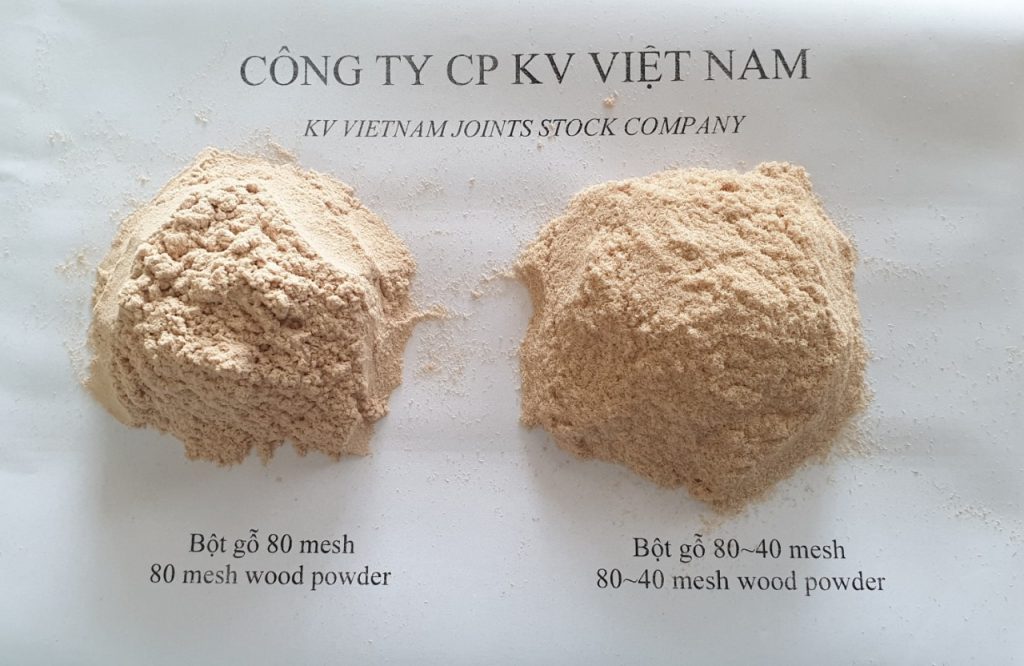
Wood Powder Production Process
- Raw Material Collection: Raw materials for wood powder production are collected from wood manufacturing and processing factories.
- Chopping: The collected wood by-products are chopped into uniform small pieces.
- Drying: The chopped raw materials are dried using a drying system to achieve a moisture content of less than 10%.
- Grinding: Dried materials are ground into fine powder using a grinding machine.
- Screening: The finely ground wood powder is screened to remove large particles that do not meet the required standards.
Specifications of Wood Powder
- Size: 60~80 mesh
- Moisture Content: Less than 10%
- Ash Content: 2~5%
- Types of Wood: Acacia, pine, rubber wood, etc.
- Color: Light white
- Packaging: Available in small bags or large Jumbo bags
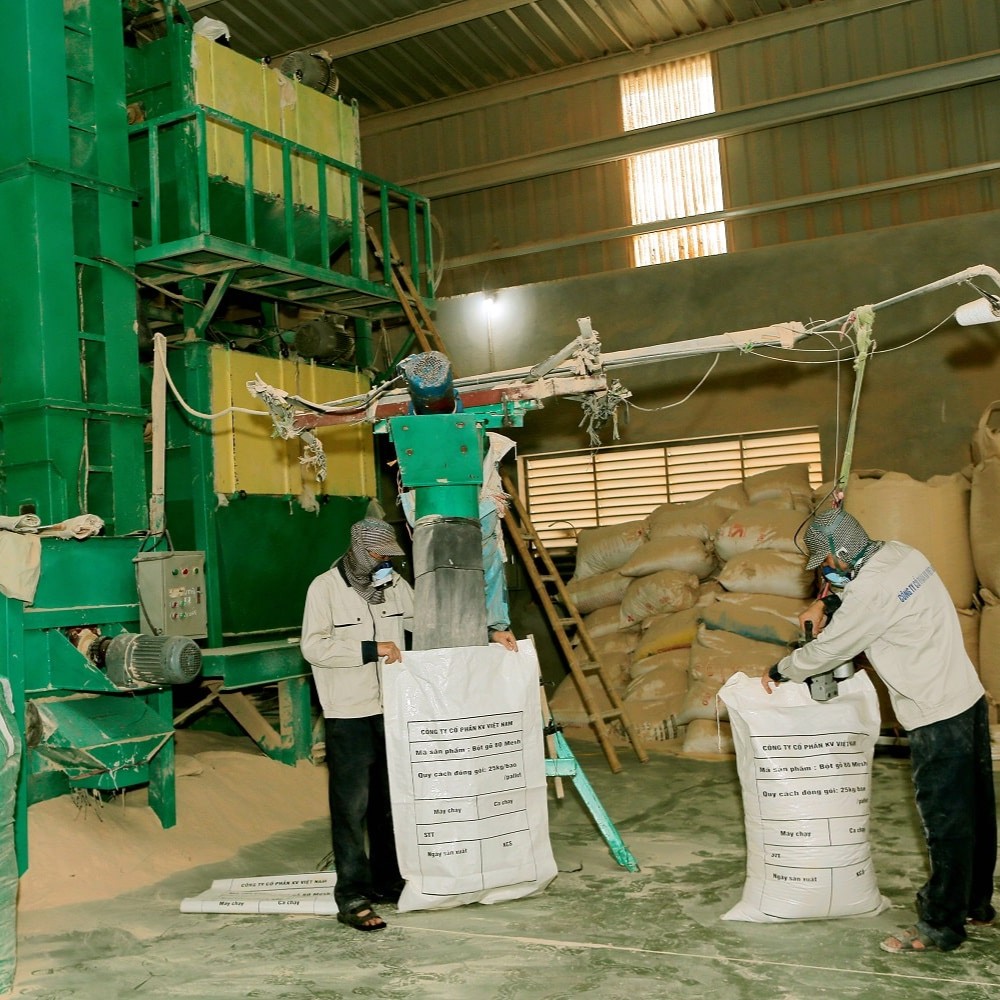

Popular Types of Wood Powder in Vietnam
-
- Acacia Wood Powder
- Pine Wood Powder
- Rubber Wood Powder
- Handicraft Village Wood Powder: Derived from sawdust and wood shavings from villages specializing in furniture production, known for their hardness.
Wood Powder Applications for Manufacturing
Overview of Wood Powder in Manufacturing
Wood powder has emerged as a game-changing component in modern manufacturing, offering flexible solutions to industries of all sizes. This eco-friendly material, derived from planted forests, revolutionizes production processes from agriculture to papermaking.
Beyond Industrial Applications
Wood powder’s potential extends far beyond simple industrial uses. Mesh 20 powder is ideal for composting and pest control, while mesh 80 powder is crucial in papermaking, enhancing sheet bulk and reducing drying steam requirements. Construction companies now consider it a key ingredient in composite materials and wood concrete manufacturing.
Key Applications of Wood Powder
1. Paper Manufacturing
Paper manufacturers utilize wood powder as a functional additive in paperboard production to improve sheet bulk and reduce drying steam needs. The middle ply of duplex boards benefits significantly from wood powder additions, substantially lowering production costs. Commercial variants of wood powder with particle sizes between 20-40 µm show the highest density and work best at additions of 2%, 4%, 6%, and 8%, enhancing sheet bulk but reducing the sheets’ physical strength.
2. Wood Plastic Composite (WPC)
Wood Plastic Composite (WPC) stands out as a revolutionary force in green manufacturing. This innovative material blends wood powder with thermoplastic resins like polypropylene, polyethylene, or polyvinyl chloride. Manufacturers mix reclaimed wood powder with recycled plastic and a small amount of adhesive to create the final product. WPC products excel in:
-
- Exterior decking and fencing
- Furniture manufacturing
- Automotive components
- Construction materials
The material’s exceptional moisture resistance and durability make it perfect for outdoor uses. WPC with about 60% softwood dust content is particularly effective for flooring applications and around pools.
3. Incense Manufacturing
Wood powder serves as a vital base material in incense manufacturing, ensuring a smooth, even burn. Each type of wood powder brings unique qualities: sandalwood creates a traditional base, while cedar and pine add distinct aromatic profiles. Manufacturers grind wood into fine powder and mix it with binding agents to create sticks or cones. Pine wood powder generates excellent heat without significantly altering the intended scent profile.
Why Choose Wood Powder for Manufacturing?
Wood powder offers numerous benefits, including sustainability, cost-effectiveness, and versatility. It’s an eco-friendly option that utilizes wood by-products, contributing to a greener environment.
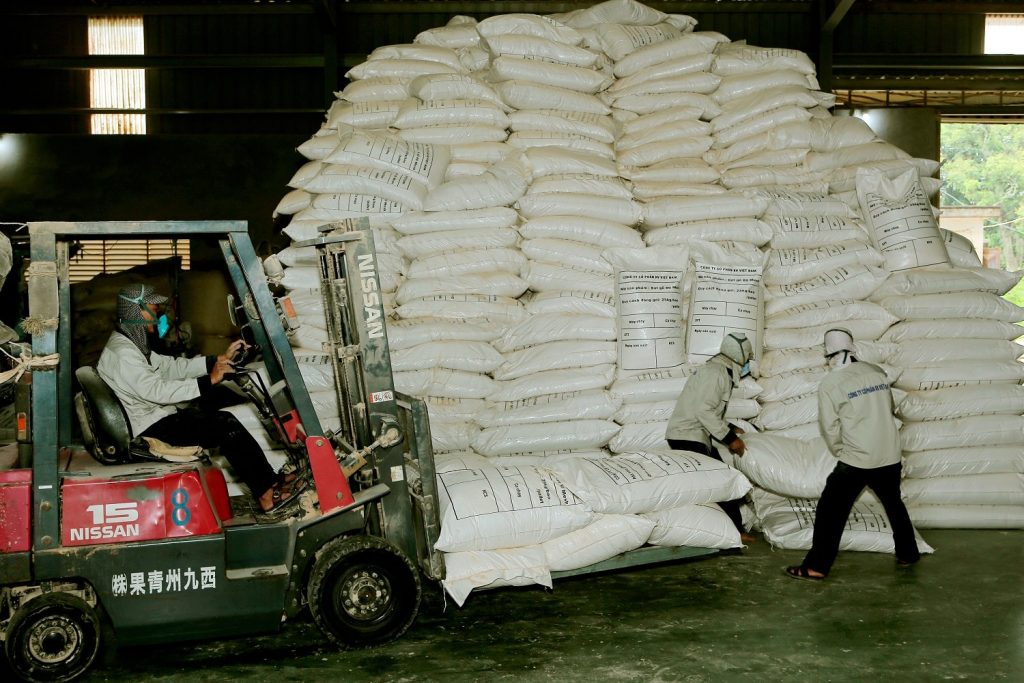
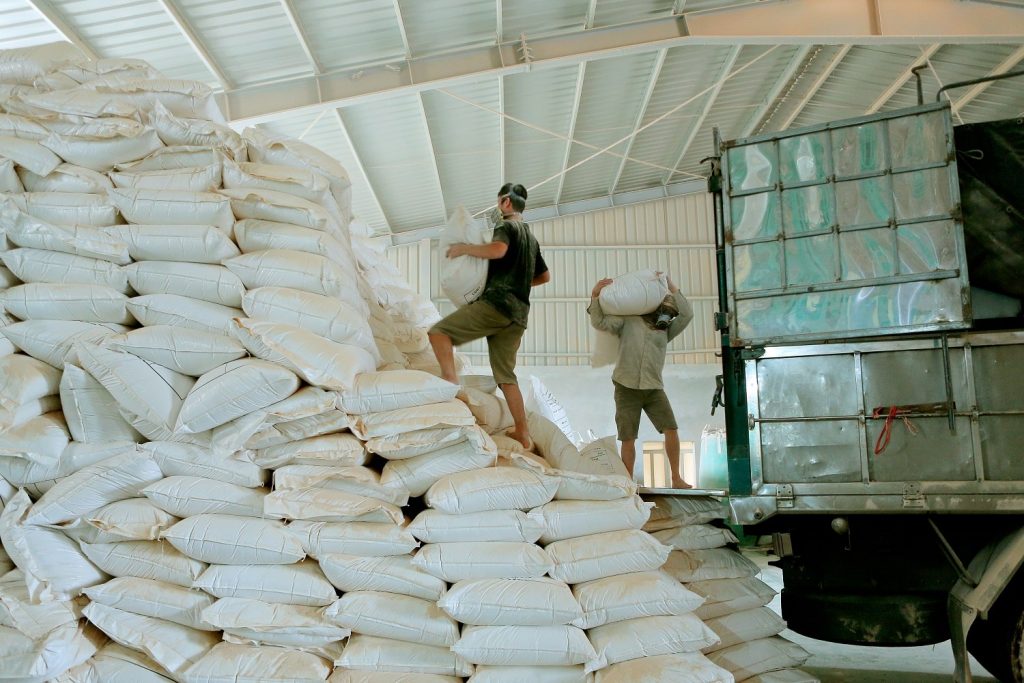

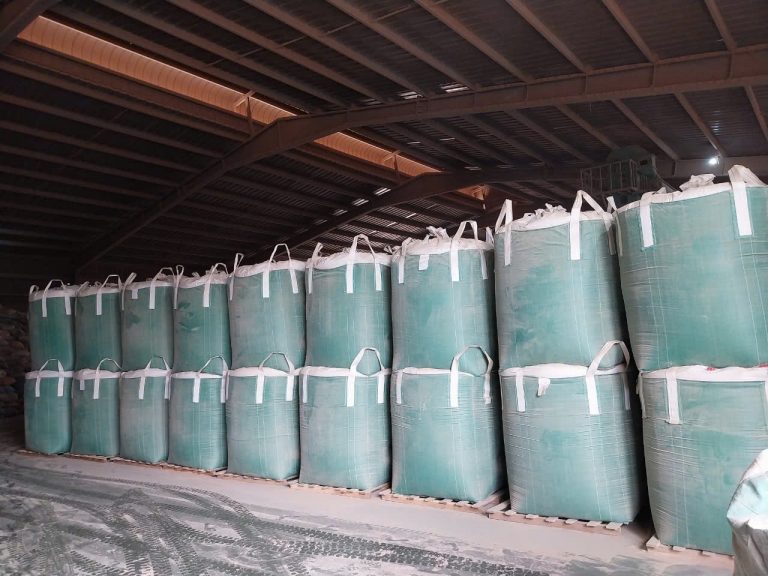


Introducing KV Vietnam Joint Stock Company – the Top Wood Powder Manufacturer in Vietnam
KV Vietnam Joint Stock Company is one of Vietnam’s leading wood processors located in Song Mai Commune, Kim Dong District of Hung Yen, Vietnam. We focused on making premium wood products that serves various industrial uses. Our main products include: plywood, wooden pallets, pressed pallet block, and wood powder.
KV Vietnam has equipped itself with cutting-edge machinery with 4 factories employing hundreds of workers located in the Northern provinces of Vietnam:
- Plywood factory located in Yen Bai City, Yen Bai province
- Wood pallet factory located in Soc Son, Hanoi
- Wood powder factory located in Kim Dong, Hung Yen
- Pressed pallet block factory located in Cam Giang, Hai Duong
The company has built strong trade bonds with many foreign countries as our key export markets. Our modern manufacturing facilities help us meet large-scale industrial needs smoothly.
KV Vietnam makes it easy to connect with through multiple channels. You can reach our sales team at (+84) 979091111 (Mobile/Whatsapp), send us an email to sale@kvvietnam.com, or message us on Telegram (@kvvietnam).
The team follows strict quality control steps, our steadfast dedication to environmentally responsible practices means all wood materials come from reliable sources.
KV Vietnam’s prime spot in Hung Yen province’s industrial hub gives us an edge in both local distribution and international exports. Our manufacturing expertise and detailed quality control systems have made us a trusted name in the wood powder industry.
